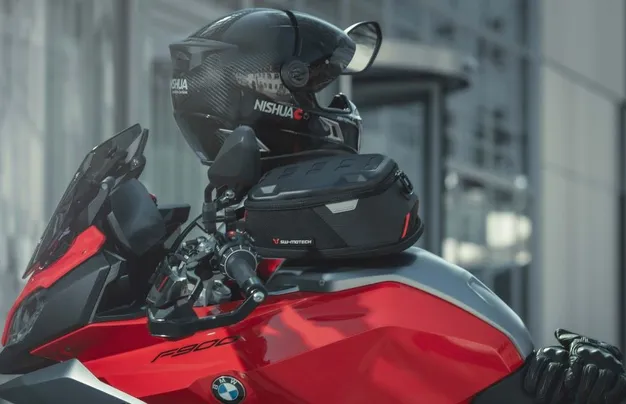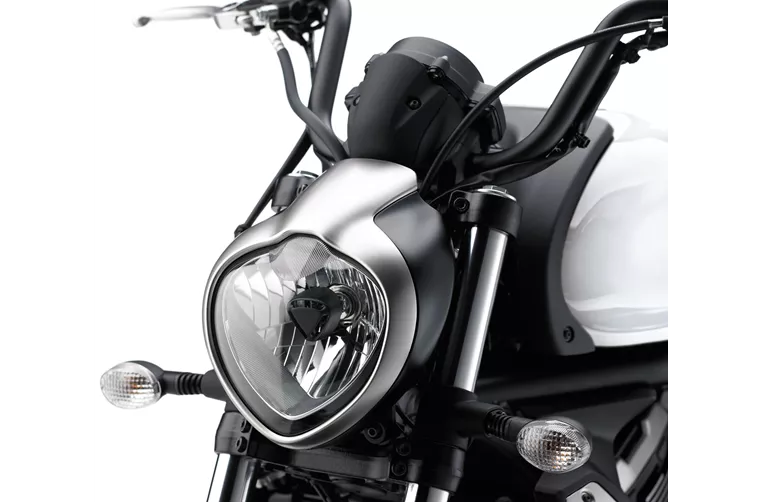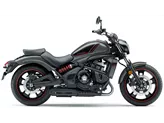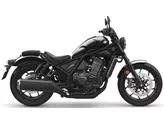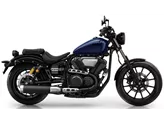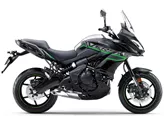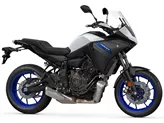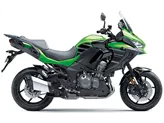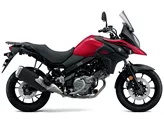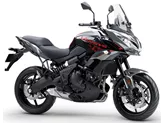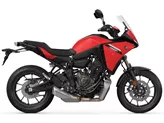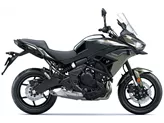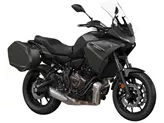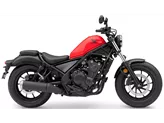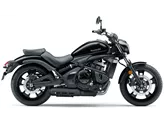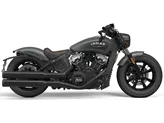Kawasaki Versys 650 2010 vs. Kawasaki Vulcan S 2015

Kawasaki Versys 650 2010
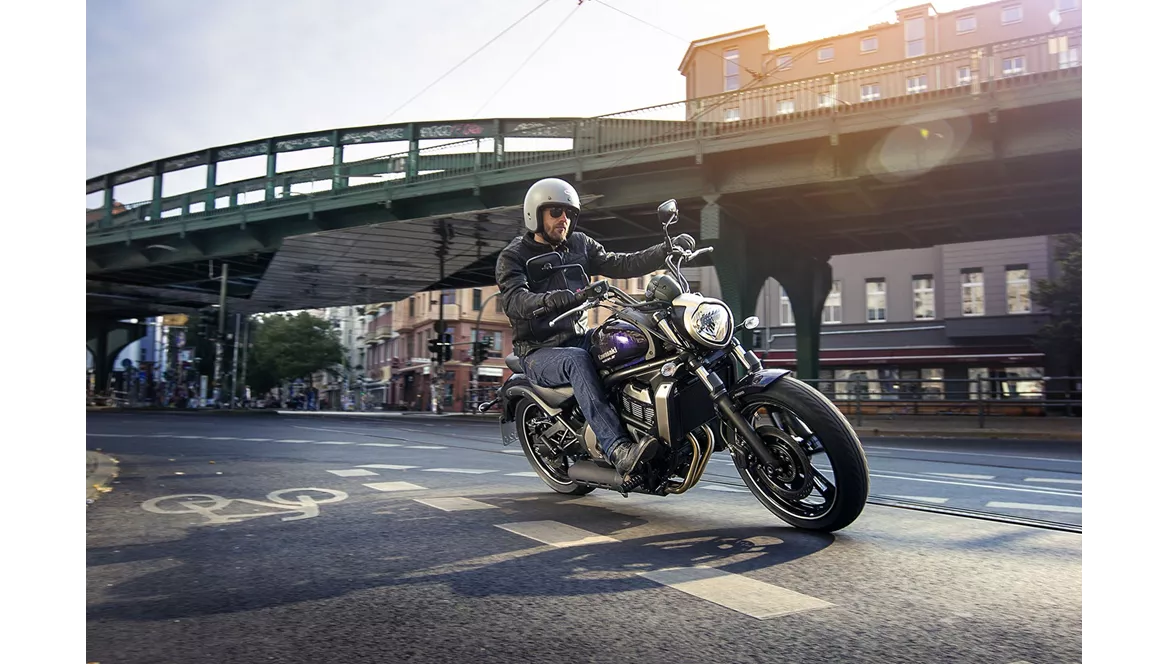
Kawasaki Vulcan S 2015
Vue d’ensemble - Kawasaki Versys 650 2010 vs Kawasaki Vulcan S 2015
The Kawasaki Versys 650 model year 2010 and the Kawasaki Vulcan S model year 2015 are both motorcycles from Kawasaki, but they have some notable differences.
In terms of the engine and drive train, both motorcycles have an in-line engine with a bore of 83 mm and a stroke of 60 mm. They also have the same engine power of around 60-65 HP and torque of around 60-63 Nm. The starter is electric for both models, and they both have a chain transmission. Additionally, they both have liquid cooling and a displacement of 649 ccm.
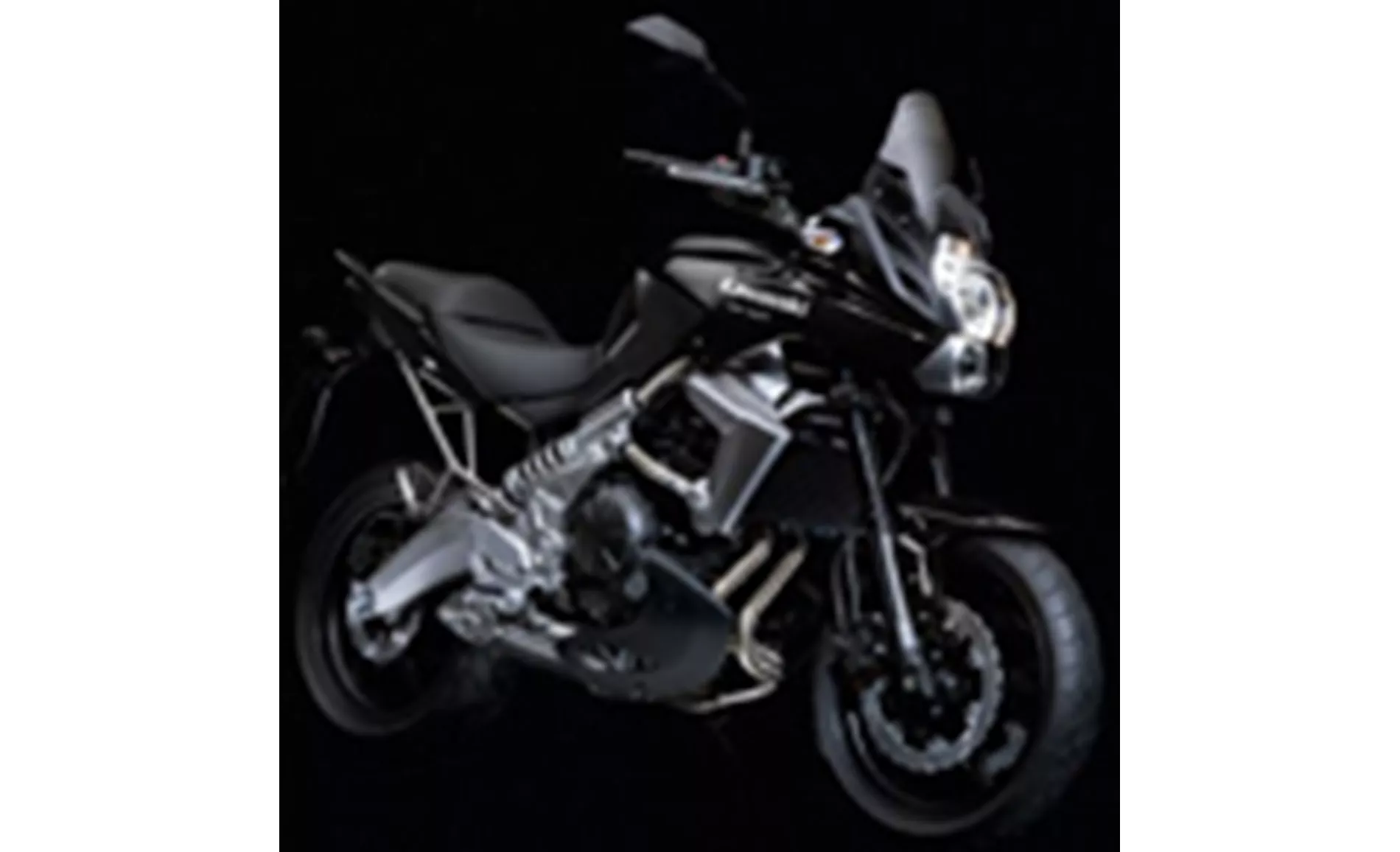
Kawasaki Versys 650 2010
In terms of the chassis, both motorcycles have a steel frame, which provides stability and durability. The Versys 650 has double disk brakes at the front, while the Vulcan S has a single disk brake. This may affect the braking performance of the two motorcycles.
When it comes to dimensions and weights, there are some notable differences. The Versys 650 has a wheelbase of 1415 mm, while the Vulcan S has a longer wheelbase of 1575 mm. This may affect the maneuverability of the two motorcycles, with the Vulcan S potentially being less agile. The seat height of the Versys 650 is 845 mm, while the Vulcan S has a lower seat height of 705 mm. This may make the Vulcan S more accessible to riders with shorter legs. The kerb weight of the Versys 650 is 209 kg, while the Vulcan S is slightly heavier at 228 kg. The fuel tank capacity of the Versys 650 is 19 liters, while the Vulcan S has a smaller fuel tank capacity of 14 liters.
In terms of strengths, the Versys 650 is considered absolutely suitable for everyday use and has an interesting concept. It also has very low consumption, which can be beneficial for riders looking for fuel efficiency. On the other hand, the Vulcan S has a rev-happy engine that performs well in the lower rev range. It also has a decent brake with ABS for added safety. The Vulcan S has an idiosyncratic look and a narrow rear tire, which makes it more maneuverable. It also features an Ergo-Fit system for optimum adaptation to the rider and a sufficiently comfortable chassis.
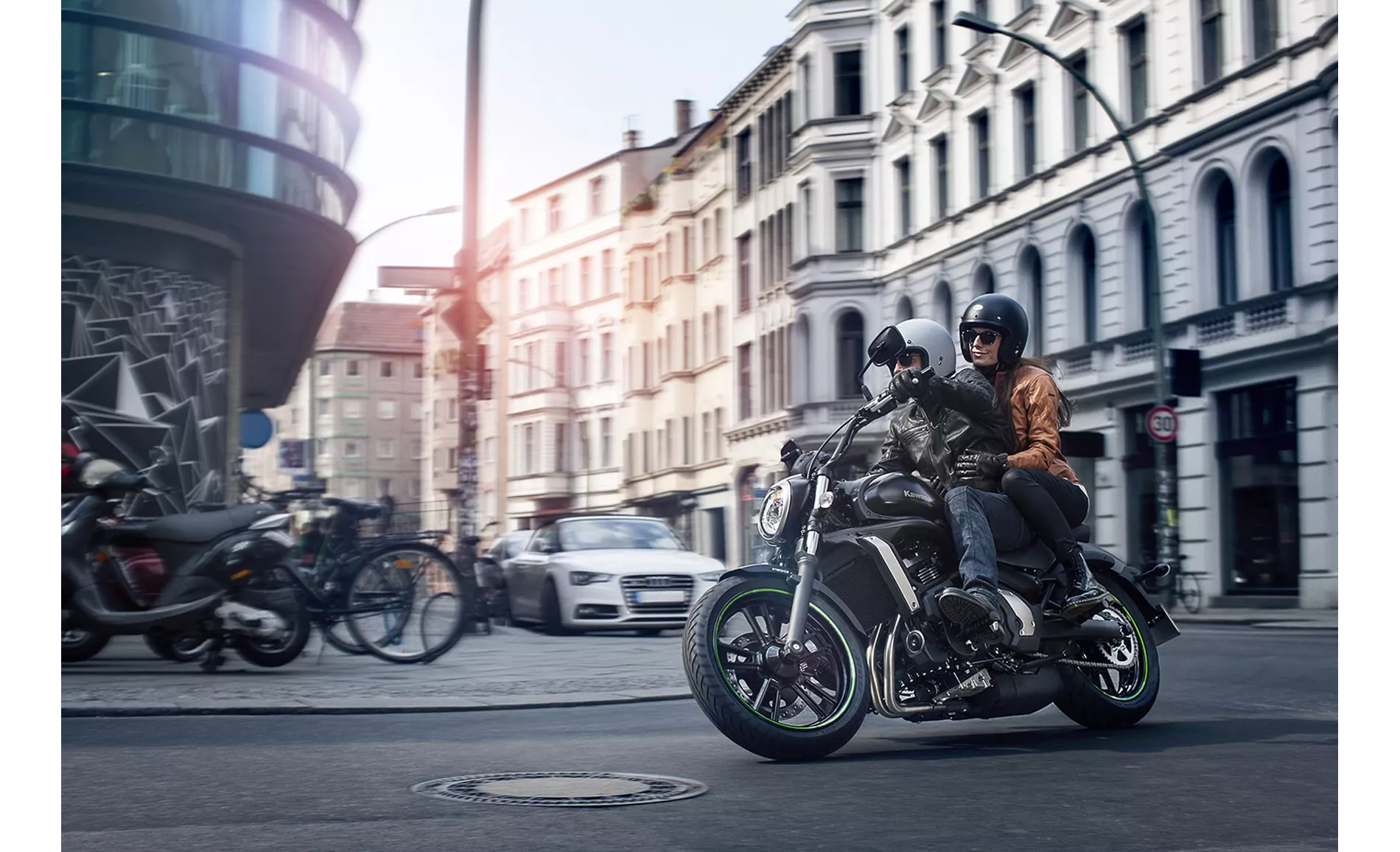
Kawasaki Vulcan S 2015
However, both motorcycles have their weaknesses. The Versys 650's performance is not too high, which may disappoint riders looking for more power. The Vulcan S's Ergo-Fit system costs extra, which may be a drawback for riders on a budget. It also has moderate wind protection, which may affect the rider's comfort during long rides. Additionally, the gear indicator is only available as an option for the Vulcan S, which may be inconvenient for riders who prefer to have this feature as standard.
In conclusion, the Kawasaki Versys 650 2010 and the Kawasaki Vulcan S 2015 are both motorcycles with their own strengths and weaknesses. The Versys 650 is suitable for everyday use and has low consumption, while the Vulcan S has a rev-happy engine and a unique look. Riders should consider their preferences and priorities when choosing between these two models.
Caractéristiques techniques Kawasaki Versys 650 2010 par rapport à Kawasaki Vulcan S 2015
Avantages et inconvénients en comparaison
Avantages et inconvénients en comparaison
Kawasaki Versys 650 2010

Avec seulement 211 kg avec les pleins, il est particulièrement facile à manier en montagne. Dans l'ensemble, elle est à l'aise presque partout, une moto de tous les jours avec un petit quelque chose en plus. Avec un nouveau phare et un design modernisé, la Versys repart à l'attaque.
Kawasaki Vulcan S 2015
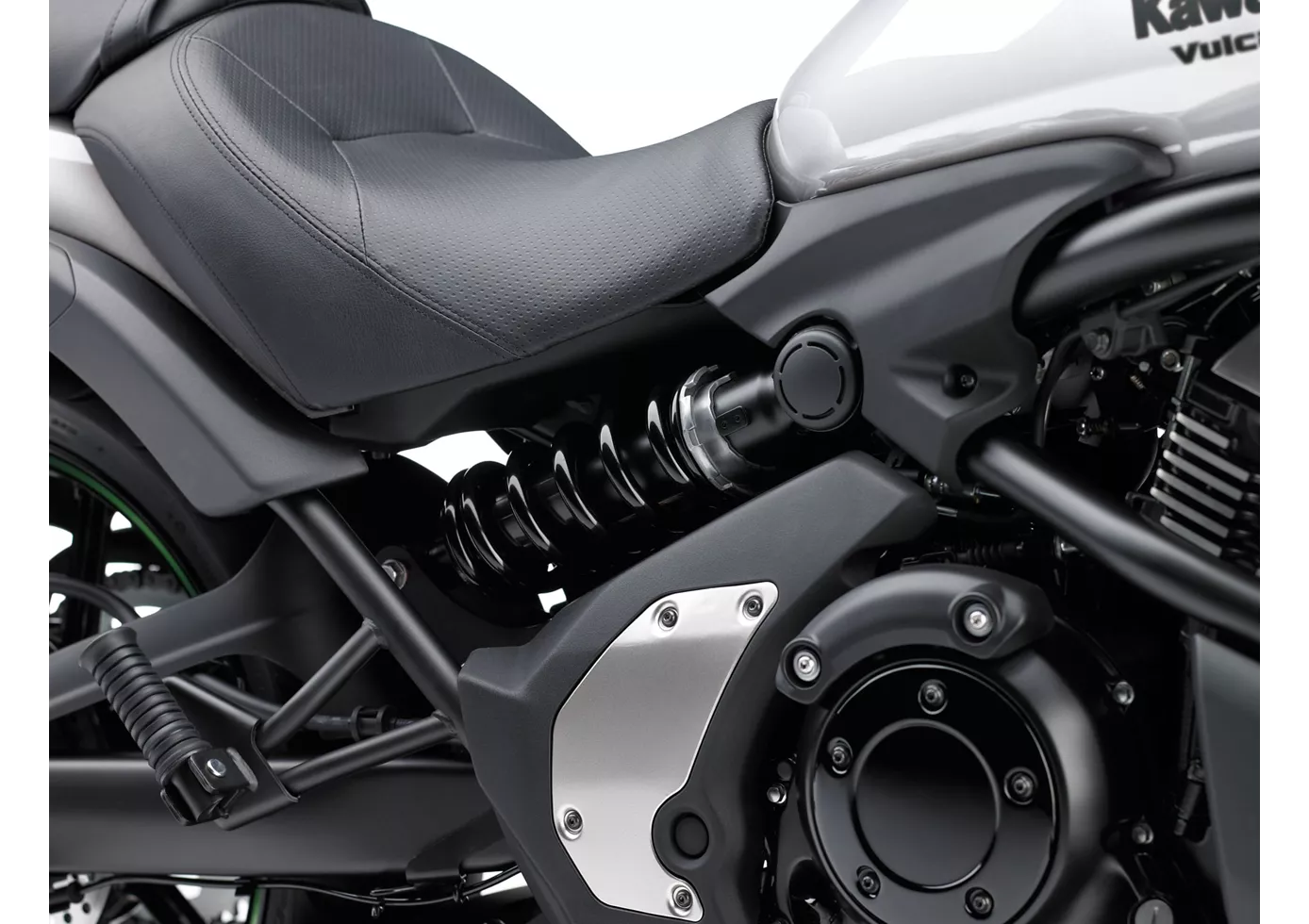
La Vulcan S redonne vie à la scène des "petits" cruisers de classe moyenne - et ce non seulement en raison de son design original, mais aussi de sa facilité de conduite qui vise particulièrement les débutants. La hauteur de selle basse et la selle étroite favorisent une bonne stabilité du pilote au sol, tandis que le centre de gravité bas assure une maniabilité simple et sûre. Le moteur s'adapte lui aussi parfaitement à l'allure simple de la moto, il peut monter en régime à partir de 2000 tours et ne s'arrête qu'à environ 10 000 tours - du jamais vu sur un cruiser. Le système "Ergo-Fit", qui fait varier la hauteur de selle, la distance du pilote par rapport au guidon et aux repose-pieds, coûte certes un supplément, mais permet au propriétaire de la Vulcan S de bénéficier de généreuses possibilités de personnalisation.
Comparaison des prix Prix moyen du marché Kawasaki Versys 650 vs Kawasaki Vulcan S
There are a few key differences between a Kawasaki Versys 650 2010 and a Kawasaki Vulcan S 2015. It takes less time to sell a Kawasaki Versys 650 with 61 days compared to 75 days for a Kawasaki Vulcan S. Since model year 2007 1000PS.de editors have written 39 reviews for the Kawasaki Versys 650 and 13 reviews for the Kawasaki Vulcan S since model year 2015. The first review for the Kawasaki Versys 650 was published on 7/25/2006 and now has more than 3,900 views. This compares to more than 14,800 views for the first review on Kawasaki Vulcan S published on 10/16/2014.
